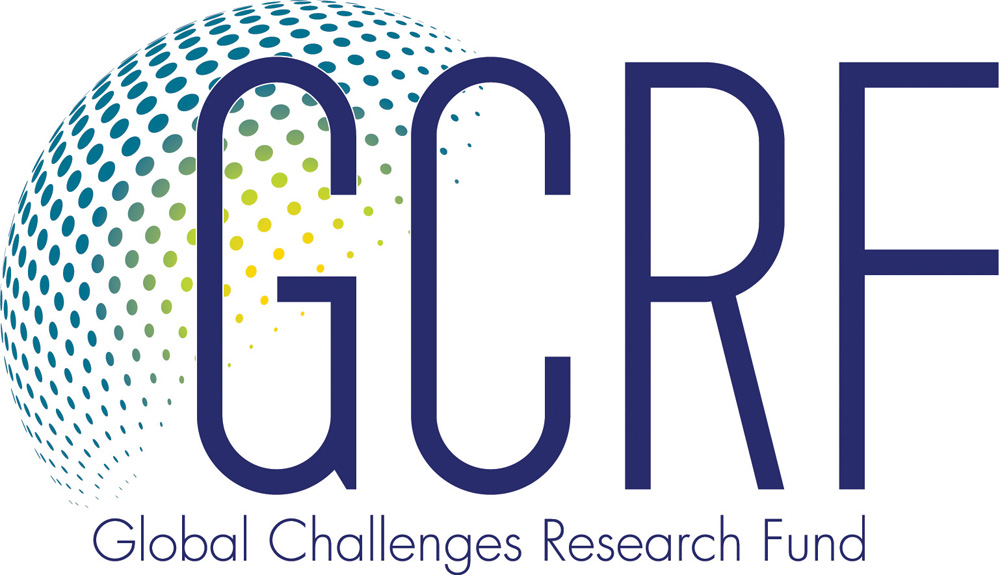GCRF GIAA Impact Fund: Professor Ianthi Tsimpli

Harnessing Multilingualism in Primary School Classrooms in India: Professional Development and Training for Teachers in EMI government schools, PI: Professor Ianthi Tsimpli (Department of Theoretical and Applied Linguistics)
When her major study of 1,000 primary school children in India revealed that multilingualism could play an important role in improving educational outcomes, Professor Ianthi Tsimpli decided to use the GIAA Impact Fund to translate her research findings into practical changes in Indian classrooms.
Ensuring inclusive and equitable quality education is one of the United Nations’ Sustainable Development Goals, yet for many children in India, the reality remains a school system with low learning outcomes. Current orthodoxy attributes these poor learning outcomes to poverty but research by Professor Ianthi Tsimpli, Chair of English and Applied Linguistics at Faculty of Modern and Medieval Languages, reveals that the languages used in many Indian classrooms play a crucial role.
Over the past years, Ianthi – an expert in multilingualism – has led an ESRC-DFID-funded project studying the effect of multilingualism on the cognitive and learning skills of more than 1,000 primary school children across Bihar, Hyderabad and New Delhi.
As well as discovering that low learning outcomes stem partly from the fact that children from disadvantaged backgrounds are often taught in languages that they are unfamiliar with, Ianthi also realised that, even in English-language schools, classrooms often echoed to the sound of more than one language.
“In India, education is devolved to local government. The local education authority decides which schools will use English and there is often a blanket, state-wide policy making everything English medium,” she explains. “Of course in practice, because many children don’t speak English, that doesn’t happen. Instead, we found a very colourful pie chart with many different languages, including Hindi and English being spoken in the same sentence – something we call ‘code switching’ or trans-language.”
The findings suggest that adopting multilingual, pupil-centred teaching methods could help raise standards in India’s schools, so Ianthi used GIAA funding to translate her research into practice by promoting and developing teacher training materials to support a more pupil-centred, multilingual approach, the need for which she believes is “evident and urgent”.
Tapping into her strong links with the British Council and with primary schools in Hyderabad, Ianthi used the GIAA funding to recruit 20 teachers from local schools. The teachers took part in workshops, which were followed up with phone calls and classroom observations to monitor changes in their teaching practice.
“We talked to them about our research, and stressed that decisions about which language to use are not independent of how they teach; being a good teacher is about having a good medium of instruction as well as a good method of teaching,” she explains.
The GIAA project has yielded important outcomes, Ianthi believes, for the teachers involved, for her own academic practice, and for her collaborators. “I learned a lot from the teachers’ experience, not least how individuals’ attitudes and personalities affect their teaching and openness to change, and my collaborators benefited a lot from these interactions because the project helped them understand the complexity of the classroom situation,” she says. “Most importantly, our research really surprised the teachers we worked with. The key message we brought them is that good teaching practice and good multilingualism is what they need.”
As a result, it’s been a rewarding project for Ianthi, albeit not one without challenges. A tight time frame coupled with the fact that India’s school year starts in April and schools then close in May because of the heat meant that the project had to be delivered in just two months.
“The timing was a major challenge, so having existing contacts and collaborators in Hyderabad was essential. Our success depended on having that network,” she says. “Doing something very interactive and potentially impactful is not enough if you cannot measure it, and to do evaluation you really need a six-month window.”
Ianthi is optimistic that the workshop will lead to changes in teaching practice, and believes the project has the potential to be scaled up and have far-reaching impact. “Our aim is to publish the workshop structure and follow-up so that they can be used in different contexts. And in future I hope that – with future funding – we can scale-up the project with the Indian Government via a series of pilot schools.”
She also plans to build on the partnerships she’s developed, both with the British Council and Cambridge Assessment and believes the GIAA funding enabled her to respond rapidly to results emerging from her larger ESRC-DFID research.
“As researchers, we start with questions that we want to confirm or not, but the beauty of research is that new questions always arise,” she concludes. “The GIAA let me go above and beyond our major project and look at teachers as well as learners. It gave me the opportunity to think further about how we could harness multilingual practices so that children in India will have access to high quality education in future.”
Funded by: GCRF Global Impact Acceleration Account 2018 University of Cambridge (EP/S515966/1)

